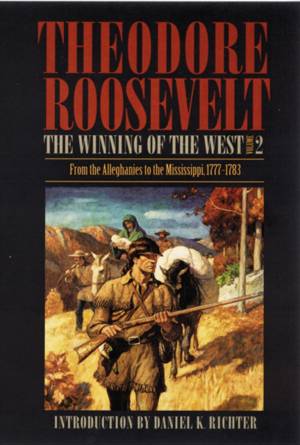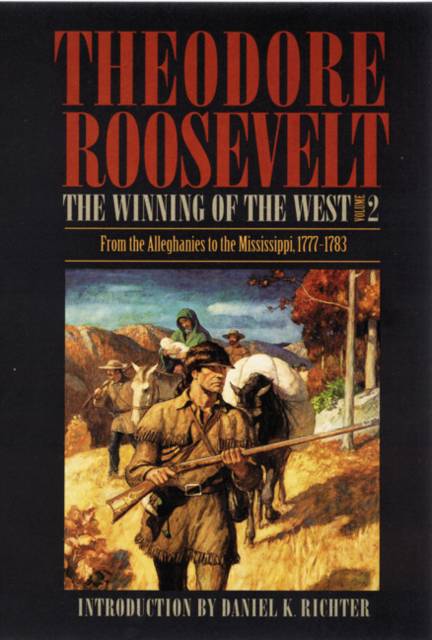
Je cadeautjes zeker op tijd in huis hebben voor de feestdagen? Kom langs in onze winkels en vind het perfecte geschenk!
- Afhalen na 1 uur in een winkel met voorraad
- Gratis thuislevering in België vanaf € 30
- Ruim aanbod met 7 miljoen producten
Je cadeautjes zeker op tijd in huis hebben voor de feestdagen? Kom langs in onze winkels en vind het perfecte geschenk!
- Afhalen na 1 uur in een winkel met voorraad
- Gratis thuislevering in België vanaf € 30
- Ruim aanbod met 7 miljoen producten
Zoeken
From the Alleghanies to the Mississippi, 1777-1783
From the Alleghanies to the Mississippi, 1777-1783
Theodore Roosevelt
€ 39,95
+ 79 punten
Omschrijving
After political defeats and the loss of half his capital in a ranching venture in North Dakota, Theodore Roosevelt began writing his ambitious history of the conquest of the American West in 1888. He projected a sweeping drama, well documented and filled with Americans fighting Indian confederacies north and south while dealing with the machinations of the British, French, and Spanish and their sympathizers. Roosevelt wanted to show how backwoodsmen such as Daniel Boone and Simon Kenton, followed by hardy pioneer settlers, gave the United States eventual claim to land west of the Alleghanies. Heroism and treachery among both the whites and the Indians can be seen in his rapidly shifting story of a people on the move. By force and by treaty the new nation was established in the East, and when the explorers and settlers pushed against the Mississippi, everything west of the river was considered part of that nation. Roosevelt's second volume further illustrates his contention that no regular army could have prevailed in the border fighting, only toughened individual frontiersmen. Here Boone is seen again, as well as George Rogers Clark, the conqueror of the Illinois country. Roosevelt shows how the American Revolution helped the newly independent peoples take over the West.
Specificaties
Betrokkenen
- Auteur(s):
- Uitgeverij:
Inhoud
- Aantal bladzijden:
- 427
- Taal:
- Engels
- Reeks:
- Reeksnummer:
- nr. 2
Eigenschappen
- Productcode (EAN):
- 9780803289550
- Verschijningsdatum:
- 1/05/1995
- Uitvoering:
- Paperback
- Formaat:
- Trade paperback (VS)
- Afmetingen:
- 140 mm x 217 mm
- Gewicht:
- 639 g

Alleen bij Standaard Boekhandel
+ 79 punten op je klantenkaart van Standaard Boekhandel
Beoordelingen
We publiceren alleen reviews die voldoen aan de voorwaarden voor reviews. Bekijk onze voorwaarden voor reviews.









